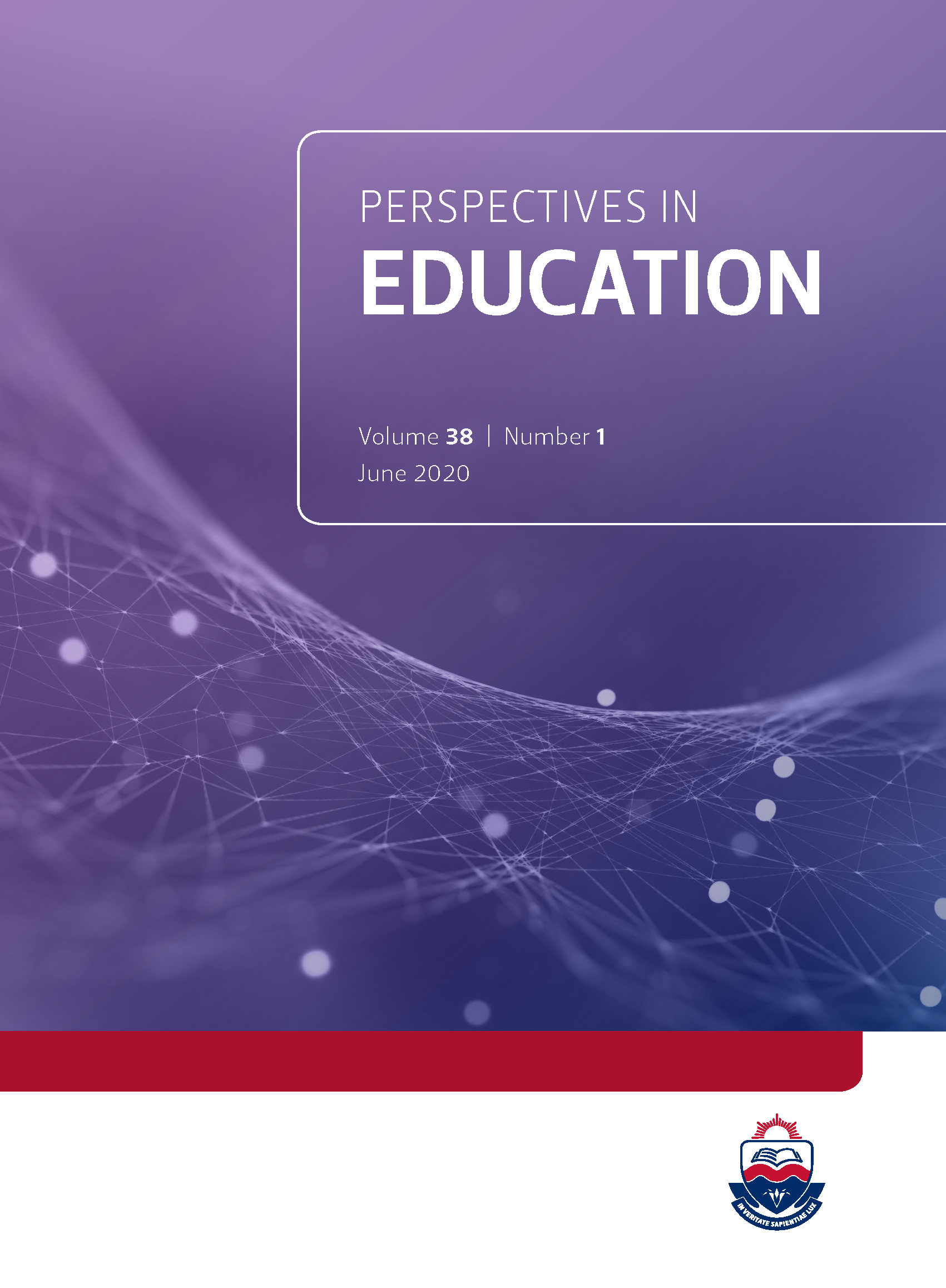The views and experiences of Grade 10 Life Sciences teachers on the compulsory practical examination
DOI:
https://doi.org/10.38140/pie.v38i1.4300Keywords:
Life Science teachers, Implementation, Practical examination, Practical workAbstract
With the introduction of the Life Sciences (LS) Curriculum Assessment Policy Statement (CAPS) in 2012 in South African schools, a practical examination has become compulsory in grades 10 and 11. The LS CAPS policy stipulates the types of practical work that needs to be conducted to develop specific process skills in learners. This interpretive case study explored grade 10 LS teachers’ views on practical work and their experiences of implementing the practical examination. This study was underpinned by two constructs from Rogan and Grayson’s theory of curriculum implementation, namely the profile of implementation pertaining to practical work and the capacity to innovate. Purposive and convenience sampling were used to generate data via questionnaires and individual interviews from grade 10 LS teachers at selected schools of the Umtshezi ward of Estcourt region.
Grade 10 LS teachers viewed practical work as a mechanism to: promote learning, aid behaviour control in the classroom and engage learners in minds on and hands on activities. Factors such as large classes, lack of resources, time and support from school and parents contributed to grade 10 LS teachers’ negative experiences with the implementation of the practical work and the examination.
The dissonance between teachers’ classroom practice, their views on practical work and the LS CAPS requirement is exposed. Subsequently the disjuncture between policy intention and practice emphasises the need for continuous teacher professional development and a supportive school ethos.
Downloads
##submission.downloads##
Published
How to Cite
Issue
Section
License
Copyright (c) 2020 Author(s)

This work is licensed under a Creative Commons Attribution 4.0 International License.





